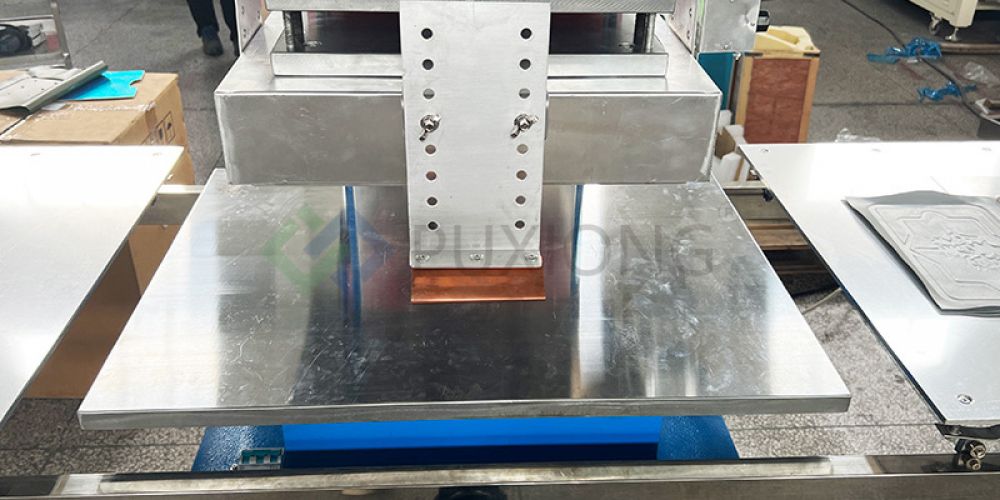
Preparation Stage: First, place the embossing material (such as fabric, paper, cardboard, etc.) on the worktable of the embossing machine, ensuring it is smooth and properly aligned.
Heating and Pressure Application: Traditional embossing machines are equipped with heating plates and pressure plates. The heating plate heats the embossing plate or mold to a specific temperature, allowing the ink or pattern to transfer more effectively onto the material. Simultaneously, the pressure plate, driven by a mechanical or hydraulic system, applies sufficient pressure to the material.
Embossing Process: Under the combined effects of heat and pressure, the patterns, designs, or text on the embossing plate or mold are transferred onto the material, creating the desired embossed effect. During this stage, the material’s surface develops raised and recessed textures, enhancing its three-dimensional effect and aesthetic appeal.
Cooling and Removal: Once embossing is complete, the material typically undergoes a cooling process to ensure the stability of the embossed result. Subsequently, the embossed material can be removed from the machine for further processing or direct use.